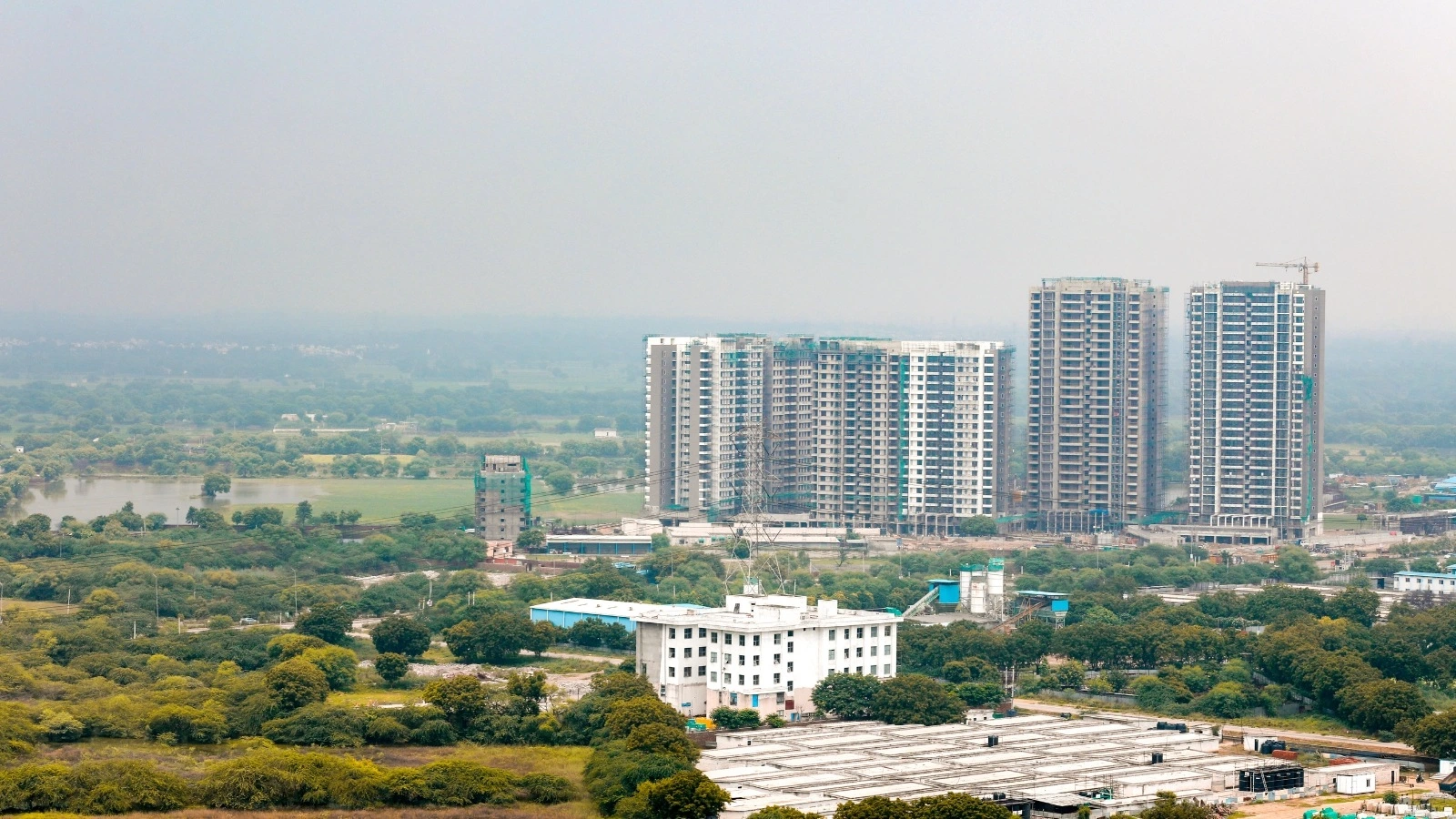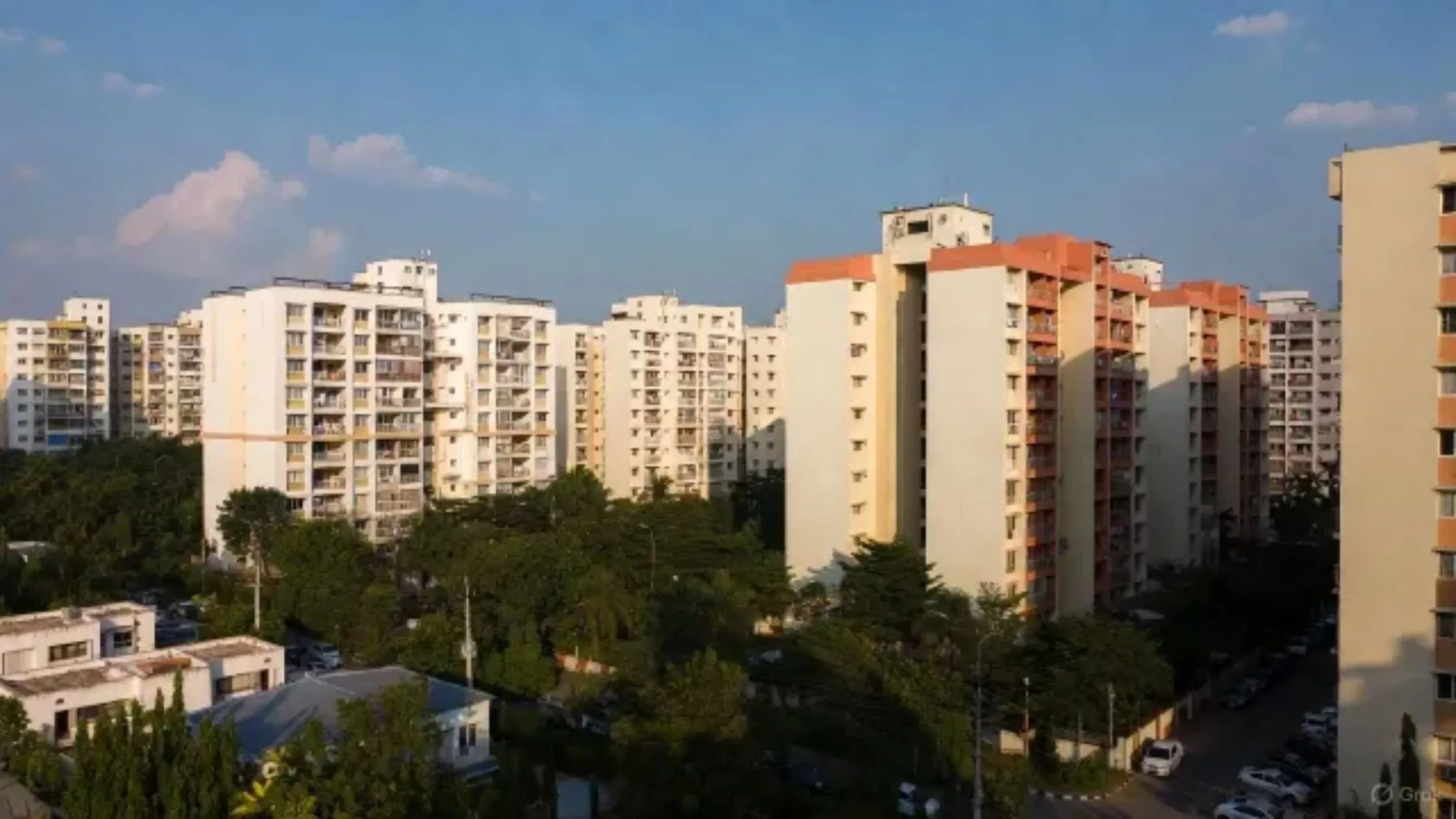Table of Content
In the National Capital Region (NCR), where high-rise buildings dominate the skyline, ensuring structural safety in the event of earthquakes is crucial. With seismic activity posing a potential threat, residents must be well-informed about the safety measures in place for their buildings. In this guide, we explore how NCR residents can assess the earthquake safety of high-rise structures, the steps to take if concerns arise, and the resources available to help you make informed decisions about your living or working space.
Why Building Safety Matters in NCR
The NCR, comprising Delhi and surrounding areas, is a densely populated region with a high concentration of commercial and residential towers. Given the region's rapid urbanization and the prevalence of high-rise constructions, it is essential to ensure that these buildings meet the necessary seismic safety standards. Earthquakes, though not very frequent in this area, can cause significant damage if buildings are not designed or maintained properly. Ensuring that your high-rise is safe from tremors not only protects lives but also preserves property value.
Also Read: Income Tax Bill 2025: No Changes to Long-Term Capital Gains Tax on Property
Understanding Earthquake Safety Standards
1. Building Codes and Regulations
India has established stringent building codes aimed at mitigating earthquake damage. These codes set guidelines for structural design, materials, and construction practices to ensure that buildings can withstand seismic forces. In the NCR, developers are required to adhere to these standards. However, the level of compliance can vary, and it is important for residents to verify that their building meets these critical safety standards.
2. Seismic Rating and Certification
One of the key ways to gauge a building’s safety is by checking its seismic rating. Some high-rise buildings undergo detailed structural evaluations by qualified engineers, who assess the building’s ability to resist seismic forces. The results of these evaluations are often summarized in a safety certificate or a seismic rating report. These documents provide valuable insights into whether the building is structurally sound and can withstand tremors.
How to Check if Your High-Rise is Safe
For NCR residents concerned about earthquake safety, there are several steps you can take to ensure that your building is up to code:
1. Obtain a Structural Safety Certificate
- Request Documentation:
Start by asking your building management or developer for a copy of the structural safety certificate. This document should include details on the seismic safety measures incorporated during construction and any subsequent evaluations. - Check for Compliance:
Verify that the certificate is issued by a recognized engineering firm or a government authority. Ensure that it adheres to the latest building codes and seismic design standards.
2. Review Building Audit Reports
- Periodic Inspections:
Many buildings undergo regular safety audits. These audits review the structural integrity and compliance with seismic safety norms. Request recent audit reports to see if your building has been assessed recently. - Maintenance Records:
Good maintenance is crucial for structural safety. Review the maintenance records to check if any renovations or repairs have been carried out to reinforce the building’s seismic resilience.
3. Consult a Structural Engineer
- Independent Assessment:
If you are uncertain about the documentation or want a second opinion, consider hiring an independent structural engineer. They can evaluate the building’s design, construction quality, and overall safety against seismic activity. - Expert Advice:
A professional can provide insights into any potential vulnerabilities and suggest improvements if needed. This step is particularly useful if you plan to invest in property or if there are concerns about the building's long-term safety.
Also Read: Housing Sales in Top 15 Tier 2 Cities Increase by 4%, Sales Value Surges 20% in 2024
4. Utilize Government Resources
- Official Portals:
Several state governments provide online resources where residents can verify if their building complies with seismic safety standards. Check with local municipal authorities or the respective state's building regulatory body for updated information. - Safety Guidelines:
Familiarize yourself with the seismic safety guidelines published by government agencies. These documents provide a benchmark for what you should expect from a safe high-rise building in the event of an earthquake.
5. Engage with Resident Welfare Associations (RWAs)
- Community Initiatives:
If you live in a high-rise, your Resident Welfare Association (RWA) can be a valuable resource. RWAs often collaborate with experts to conduct building safety audits and organize awareness sessions. - Collective Action:
Engaging with your neighbors and RWA can help in addressing safety concerns collectively. If multiple residents have similar concerns, it may prompt the management to conduct a thorough safety review.
Real-Life Example: Learning from Recent Events
Recent incidents in the NCR have underscored the importance of checking building safety. For example, news reports have highlighted how certain high-rise structures have been scrutinized following minor tremors in the region. In these cases, buildings with up-to-date safety certificates and regular audits fared well, while others without proper documentation faced increased scrutiny. Such examples emphasize why it’s essential for every resident to be proactive in verifying the safety of their high-rise.
What to Do If Your Building Lacks Certification
If you discover that your building does not have a valid structural safety certificate or that its seismic rating is below the recommended standards, take the following steps:
- Contact Building Management:
Immediately bring the issue to the attention of your building’s management. Request that they conduct a professional safety audit and obtain the necessary certification. - Raise the Issue with RWAs:
Collaborate with your Resident Welfare Association to address the concern collectively. A unified voice can be more effective in urging management to take corrective measures. - Seek Legal Advice:
In cases where building management is unresponsive, consult a legal expert who specializes in real estate. They can guide you on the best course of action to ensure that the building meets safety standards.
Conclusion
Ensuring that high-rise buildings in the NCR are safe from tremors is not just a matter of regulatory compliance, it is a critical aspect of protecting lives and investments. Residents can make informed decisions about their property's safety by understanding and checking the structural safety certificates, reviewing audit reports, consulting independent engineers, and utilizing government resources.
The proactive approach of verifying whether your building adheres to the required seismic standards can provide peace of mind and safeguard against potential risks. As urban development in the NCR continues to accelerate, staying informed and vigilant about building safety will remain a top priority for homeowners and investors alike.
By taking these steps, you ensure that your home is not only a comfortable place to live but also a secure investment for the future. Embrace these best practices to keep your high-rise safe and well-prepared to withstand the challenges of natural events, ensuring a safer and more resilient urban environment for all.
Also Read: Noida to Greater Noida Metro Expansion 2025: Routes, Stations and Real Estate Impact

_1739859682.webp)



_1765522271.webp)

Ans 1. NCR falls in a seismically active zone, making it essential to ensure that high-rise buildings are structurally sound to protect lives and property during earthquakes.
Ans 2. Buildings must comply with the National Building Code (NBC) of India and adhere to IS 1893, which provides guidelines for seismic design.
Ans 3. You can request a structural safety certificate, review building audit reports, or consult an independent structural engineer for an assessment.
Ans 4. It is a document issued by qualified engineers or authorities confirming that a building meets the required seismic safety standards.
Ans 5. Contact your building management, involve your Resident Welfare Association (RWA), and consider hiring a structural engineer for an independent safety audit.
Ans 6. Yes, you can check official portals or contact local municipal authorities for guidance on seismic safety standards and compliance.
Ans 7. RWAs can organize safety audits, raise collective concerns with management, and promote awareness about earthquake safety measures.
Ans 8. While not always mandatory, periodic audits are recommended to ensure that a building remains compliant with seismic safety standards over time.
Ans 9. Check if regular maintenance and repairs have been conducted, especially reinforcement work for structural safety.
Ans 10. Consult a real estate legal expert to explore actions, including filing complaints with regulatory authorities or pursuing legal remedies.